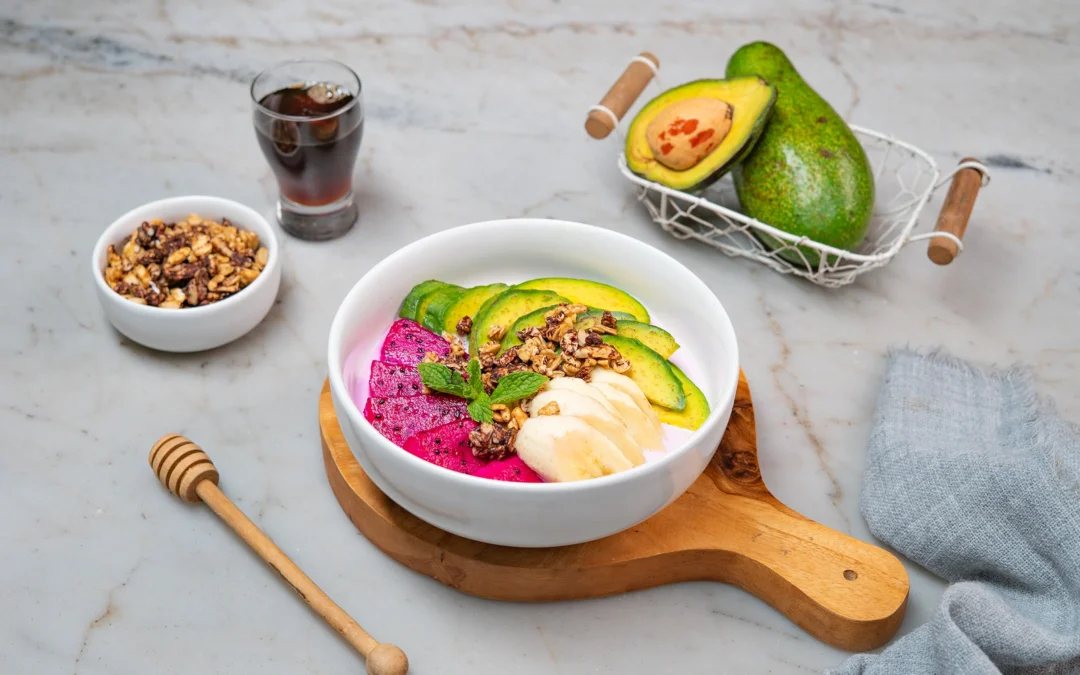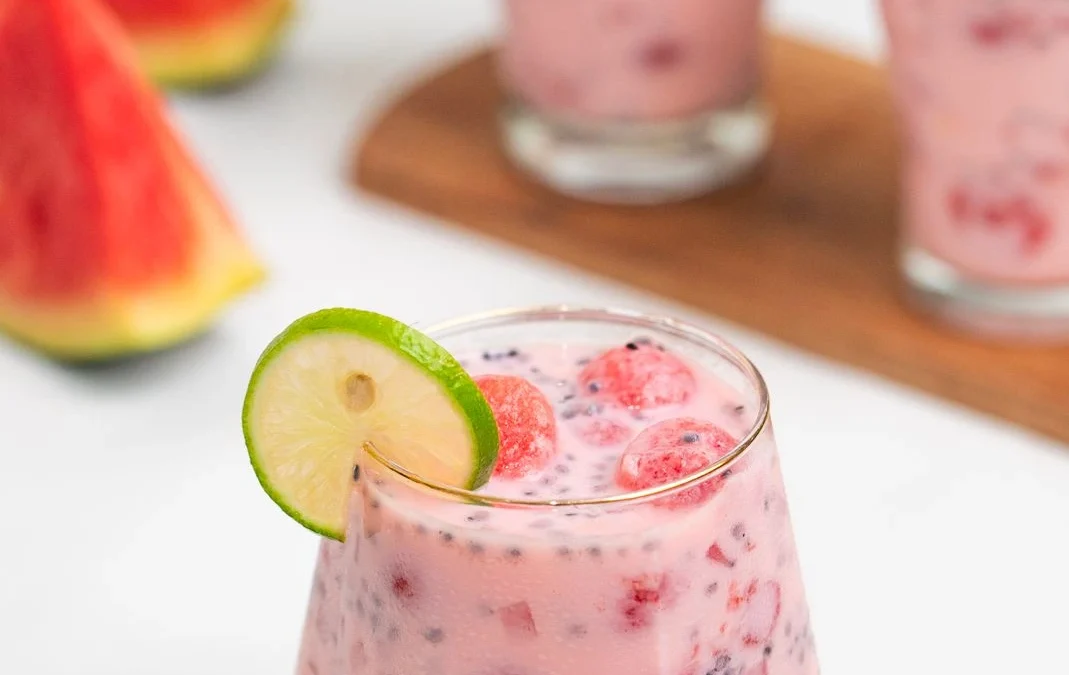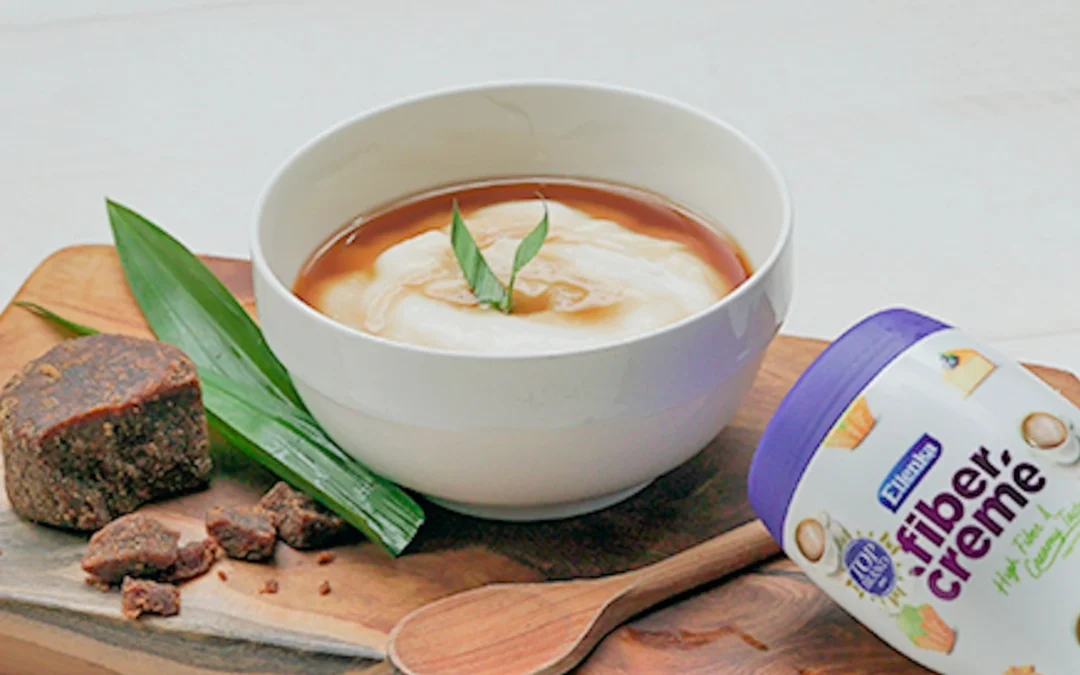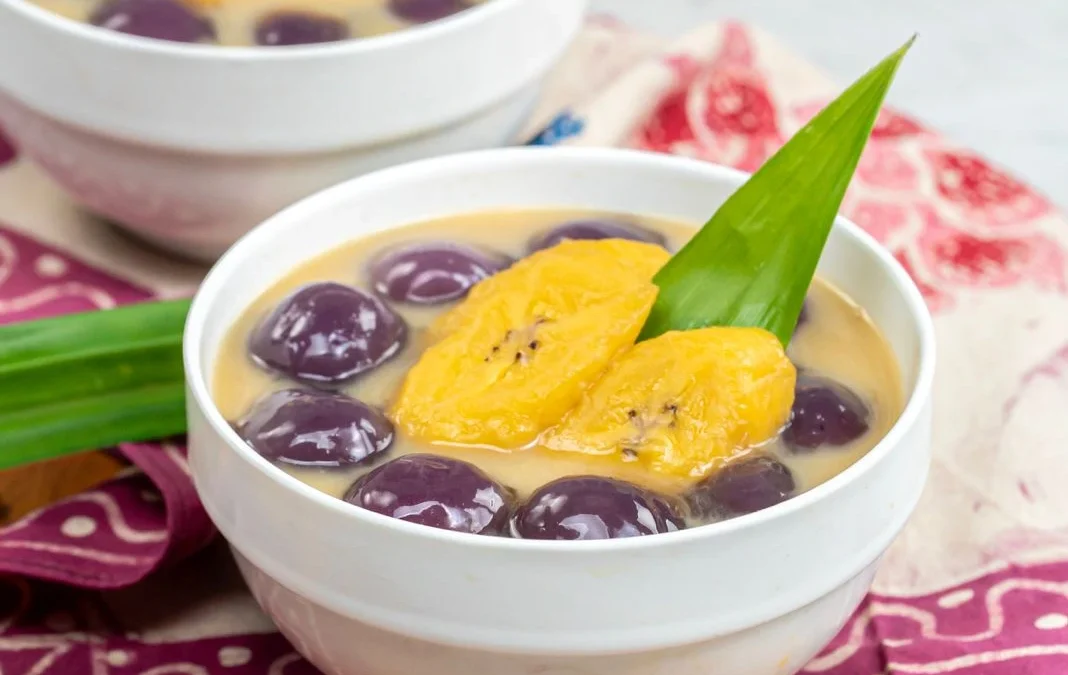
Juices and smoothies are perfect choices for health-conscious people or those on a diet. These beverages are believed to conveniently give us the benefits of fruits and vegetables. But is that so?
How to tell juice and smoothie apart?
Before we delve deeper into the world of juices and smoothies, let’s learn how to tell them apart. Because surprisingly, a lot of us still have them mixed up and refer to smoothie as juice.
First, keep in mind that juices are the extract of fruits and veggies they are made of. The fruits and veggies are blended or squeezed, and then strained for only the liquid. So juices are visually liquid but are packed with vitamins and minerals.
Next, smoothies are fruits and vegetables that are blended until smooth and served as is. It’s thick and still contains fibrous and pulpy parts of fruits and vegetables.
According to the definitions, the blended fruits and vegetables we know as juice are a smoothie. Meanwhile squeezed oranges or lemon would yield liquids categorized as juices.
Which is better?
Juices and smoothies have their own plus and minus points. Which is better for you? It depends on your own condition. But generally, here are things that you need to know about those two!
1. Nutrition
The vitamins and minerals from fruits and vegetables are abundantly present in the liquid. In the form of juice, the nutrition is more concentrated and that’s easier fo the body to absorb.
2. Fiber
Juices have little to no fiber. Meanwhile in addition to nutrition, our body also needs fiber in a certain amount to function properly. Getting enough fiber benefits our digestion and the good bacteria living in it, leading to improved immune system.
Read More : Don’t Do it! These 5 Sports Are Not for Obese People
Healthy digestion also supports your weight loss program. Soluble fiber, as found in apples, pears, and carrots, can help increase satiety. Insoluble fiber, as found in cauliflowers and potatoes, will help your stool move along the digestive tracts more smoothly.
3. Antioxidants
Antioxidants are important compounds that fight free radicals and prevent cancer. They’re typically found in the fibrous and pulpy parts of fruits and vegetables. That’s why smoothies tend to have more antioxidants compared to juices.
4. Ability to get digested
Without fiber, juices give us all the benefits of fruits and vegetables without making our digestion work hard. Juices are a great option for those having digestive-related issues, especially if they’re required to have a low-fiber and low-residue diet.
The danger lurking behind juices and smoothies
Despite all the benefits, juices and smoothies can have dangerous sides we all should be aware of. Generally, a lot of sugar is added to elevate the flavor of juices and smoothies. That is what may cause harm to our health.
Instead of benefiting us, juices and smoothies with tons of sugar will increase our blood sugar and calorie intake.
Aside from sugar, dairy milk or yogurt will sometimes be added to smoothies as well. While they’re considered healthy and harmless, dairy products like milk and yogurt may have side effects on a lot of people. Like bloating and diarrhea to those with lactose intolerance.
If this is the case with you, don’t worry. Pick all the ingredients you know are safe for you and turn them into your own smoothies. Click to get recipes for Strawberry Smoothie Bowl, Mango Smoothie, dan Healthy Green Smoothie made with FiberCreme, a non-dairy and lactose-free alternative to dairy milk.
With creamy taste and high fiber, FiberCreme is set to make your smoothies more enjoyable and friendlier to your healthy diet.
Need more healthy food ideas made with FiberCreme? Follow FiberCreme_TV di Instagram and subscribe to the Ellenka channel on YouTube. Also find other benefits of FiberCreme through this link.






0 Comments